Home>Storage & Organization>Kitchen Organizing Tools>How To Clean A Litter Box With Vinegar
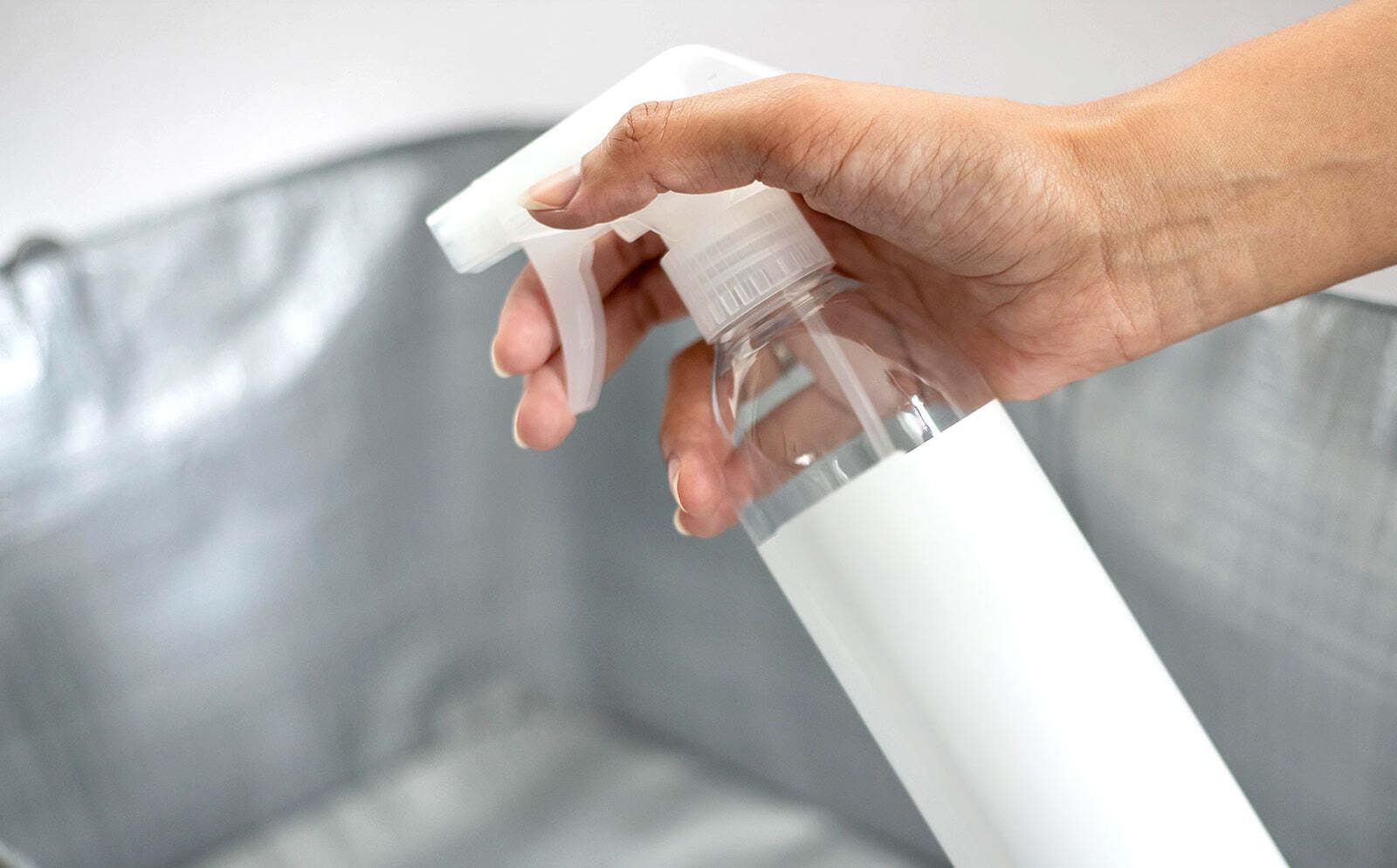

Kitchen Organizing Tools
How To Clean A Litter Box With Vinegar
Modified: August 23, 2024
Learn how to effectively clean a litter box using vinegar and other kitchen organizing tools. Keep your cat's litter box fresh and odor-free with these simple tips.
(Many of the links in this article redirect to a specific reviewed product. Your purchase of these products through affiliate links helps to generate commission for Storables.com, at no extra cost. Learn more)
Introduction
Cleaning a litter box is an essential task for any pet owner, but it doesn't have to be a daunting chore. With the right tools and techniques, maintaining a clean and odor-free litter box can be a straightforward and rewarding part of pet care. One such tool that has gained popularity for its effectiveness in cleaning litter boxes is vinegar. This versatile household staple offers a natural and eco-friendly solution for tackling the mess and odors associated with cat litter boxes.
In this comprehensive guide, we will explore the benefits of using vinegar to clean a litter box and provide a step-by-step approach to ensure a thorough cleaning process. Additionally, we will share valuable tips for maintaining a clean litter box, promoting a healthy environment for both pets and their owners.
By incorporating vinegar into your litter box cleaning routine, you can harness the power of this simple yet potent ingredient to achieve a fresh and hygienic living space for your feline companion. Let's delve into the world of vinegar-based litter box cleaning and discover how this natural solution can make a significant difference in your pet care regimen.
Key Takeaways:
- Vinegar is a superhero for cleaning litter boxes! It fights odors, kills bacteria, and is safe for pets and the environment. Plus, it’s affordable and leaves no residue. A purr-fect solution for a fresh-smelling home!
- Keep your cat’s litter box clean and cozy with vinegar. Follow the easy steps to make a vinegar solution, scrub, and rinse the box. Also, scoop daily, use quality litter, and monitor your cat’s health for a happy feline friend!
Read more: How To Clean A Petsafe Litter Box
Benefits of Using Vinegar to Clean a Litter Box
Vinegar, a pantry staple with remarkable cleaning properties, offers a myriad of benefits when used to clean a litter box. Here are some compelling reasons why vinegar is a game-changer in maintaining a fresh and hygienic litter box environment:
-
Natural Deodorizer: Vinegar's acidic nature makes it an effective deodorizer, neutralizing unpleasant odors emanating from the litter box. Unlike synthetic air fresheners that merely mask odors, vinegar penetrates and eliminates the source of the smell, leaving behind a clean and fresh scent.
-
Antibacterial Properties: The acetic acid in vinegar possesses antibacterial properties, making it an excellent agent for disinfecting the litter box. By using vinegar, pet owners can effectively combat harmful bacteria and pathogens, promoting a healthier environment for both pets and their human companions.
-
Non-Toxic and Eco-Friendly: Unlike commercial cleaning products that may contain harsh chemicals, vinegar is a natural and environmentally friendly alternative. Its non-toxic nature ensures the safety of pets and humans, making it an ideal choice for households seeking sustainable cleaning solutions.
-
Residue-Free Cleaning: Vinegar's ability to break down and dissolve mineral deposits and organic residues makes it an exceptional cleaner for litter boxes. This ensures a thorough and residue-free cleaning process, preventing the buildup of grime and bacteria that can compromise the hygiene of the litter box.
-
Cost-Effective Solution: Vinegar is a cost-effective cleaning solution that offers exceptional results. Its affordability and versatility make it a practical choice for pet owners looking to maintain a clean litter box without breaking the bank.
By harnessing the natural cleaning power of vinegar, pet owners can effectively tackle odor, bacteria, and grime in the litter box, creating a healthier and more pleasant environment for their feline companions. With these benefits in mind, it's clear that vinegar is a valuable ally in the quest for a clean and odor-free litter box.
Step-by-Step Guide to Cleaning a Litter Box with Vinegar
Cleaning a litter box with vinegar involves a systematic approach to ensure thorough sanitation and odor elimination. By following these step-by-step instructions, pet owners can effectively harness the cleaning power of vinegar to maintain a pristine litter box environment for their feline companions.
-
Gather Supplies: Begin by assembling the necessary supplies for the cleaning process. These may include vinegar, water, a spray bottle, a litter scoop, mild dish soap, and a sponge or cleaning cloth.
-
Empty the Litter Box: Carefully empty the contents of the litter box into a trash bag, ensuring proper disposal of used litter. Use a litter scoop to remove any remaining waste and debris, preparing the box for thorough cleaning.
-
Prepare the Vinegar Solution: In a well-ventilated area, mix equal parts of water and vinegar in a spray bottle to create a potent cleaning solution. The acidic properties of vinegar make it an effective agent for breaking down organic residues and neutralizing odors.
-
Spray and Soak: Liberally spray the interior of the litter box with the vinegar solution, ensuring comprehensive coverage. Allow the solution to soak for 10-15 minutes, allowing the acetic acid to penetrate and dissolve any lingering odors and residues.
-
Scrub and Rinse: Using a sponge or cleaning cloth, scrub the interior of the litter box to dislodge any stubborn grime or residue. Rinse the box thoroughly with water to remove the vinegar solution and any loosened debris, ensuring a clean and residue-free surface.
-
Sun-Dry or Towel Dry: After rinsing, allow the litter box to air-dry in the sun, if possible. Sunlight offers natural disinfection and deodorizing properties, further enhancing the cleanliness of the box. Alternatively, use a clean towel to dry the box thoroughly before refilling it with fresh litter.
-
Refill with Fresh Litter: Once the litter box is completely dry, refill it with fresh, high-quality cat litter, ensuring an adequate depth for absorption and odor control.
By following these step-by-step instructions, pet owners can leverage the natural cleaning prowess of vinegar to achieve a spotless and odor-free litter box. This systematic approach ensures that the litter box remains a hygienic and inviting space for feline companions, promoting their well-being and comfort.
Mix equal parts of water and vinegar in a spray bottle. Spray the litter box and let it sit for 10-15 minutes. Scrub with a brush, rinse, and dry thoroughly before adding new litter.
Tips for Maintaining a Clean Litter Box
Maintaining a clean litter box goes beyond the initial cleaning process, requiring consistent care and attention to ensure a hygienic and inviting environment for feline companions. Here are essential tips for pet owners to uphold the cleanliness and freshness of the litter box:
-
Regular Scooping: Make it a habit to scoop the litter box at least once a day, removing clumps and solid waste to prevent odor buildup and maintain a clean surface for your cat to use.
-
Replace Litter Regularly: Completely change the litter and clean the box with vinegar every 2-3 weeks, even if the litter appears relatively clean. This proactive approach prevents bacterial growth and ensures a fresh environment for your cat.
-
Use High-Quality Litter: Invest in high-quality, clumping cat litter that effectively absorbs moisture and odors. Quality litter not only enhances odor control but also simplifies the scooping process, making maintenance more efficient.
-
Provide Sufficient Litter Depth: Maintain an adequate depth of litter in the box, typically 2-3 inches, to facilitate effective absorption and odor control. Insufficient litter depth can lead to mess and inadequate odor control.
-
Consider Litter Box Placement: Choose a suitable location for the litter box, ensuring it is easily accessible to your cat while offering privacy and minimal foot traffic. A well-placed litter box encourages regular use and helps contain litter scatter.
-
Use Baking Soda: Sprinkle a thin layer of baking soda at the bottom of the clean litter box before adding fresh litter. Baking soda acts as a natural deodorizer, further enhancing odor control between cleanings.
-
Regular Box Inspection: Periodically inspect the litter box for signs of wear, cracks, or damage. A damaged box can harbor bacteria and odors, compromising its effectiveness in maintaining a clean environment.
-
Consider Multiple Boxes: If you have multiple cats, provide a sufficient number of litter boxes to prevent overcrowding and promote individual space for each cat. This reduces the likelihood of accidents and encourages consistent litter box usage.
-
Monitor Your Cat's Health: Keep an eye on your cat's litter box habits and monitor for any changes in frequency or consistency of urination and defecation. Sudden changes may indicate underlying health issues that require veterinary attention.
By implementing these tips, pet owners can establish a proactive and effective approach to maintaining a clean litter box, promoting a healthy and comfortable environment for their feline companions. Consistent care and attention to the litter box contribute to the overall well-being and happiness of cats, fostering a harmonious coexistence between pets and their human caregivers.
Conclusion
In conclusion, the use of vinegar as a cleaning agent for litter boxes offers a multitude of benefits that contribute to a healthier and more pleasant environment for both cats and their owners. The natural deodorizing properties of vinegar, coupled with its antibacterial efficacy and eco-friendly nature, make it a standout choice for pet owners seeking a safe and effective cleaning solution.
By following the step-by-step guide outlined in this article, pet owners can harness the cleaning power of vinegar to ensure a thorough and odor-free cleaning process. From preparing the vinegar solution to scrubbing and rinsing the litter box, each step is designed to promote a hygienic and inviting space for feline companions. Additionally, the maintenance tips provided offer valuable insights for sustaining the cleanliness of the litter box, emphasizing the importance of regular scooping, litter replacement, and proactive care practices.
Ultimately, the incorporation of vinegar into the litter box cleaning routine aligns with the growing emphasis on natural and sustainable pet care practices. As pet owners prioritize the well-being of their feline companions, the use of non-toxic and cost-effective cleaning solutions such as vinegar becomes increasingly appealing. Moreover, the versatility of vinegar extends beyond its cleaning prowess, making it a valuable asset in promoting a harmonious and hygienic living environment for both pets and their human caregivers.
In the journey of pet ownership, the cleanliness and maintenance of the litter box play a pivotal role in fostering a comfortable and healthy space for cats. By embracing the natural cleaning benefits of vinegar and adopting proactive care practices, pet owners can elevate the standard of litter box hygiene, contributing to the overall well-being and happiness of their beloved feline companions.
In essence, the use of vinegar to clean a litter box transcends conventional cleaning methods, offering a holistic approach that prioritizes effectiveness, safety, and environmental consciousness. As pet owners continue to seek sustainable and pet-friendly solutions, the role of vinegar in maintaining a clean and odor-free litter box is poised to remain a cornerstone of modern pet care practices.
Frequently Asked Questions about How To Clean A Litter Box With Vinegar
Was this page helpful?
At Storables.com, we guarantee accurate and reliable information. Our content, validated by Expert Board Contributors, is crafted following stringent Editorial Policies. We're committed to providing you with well-researched, expert-backed insights for all your informational needs.
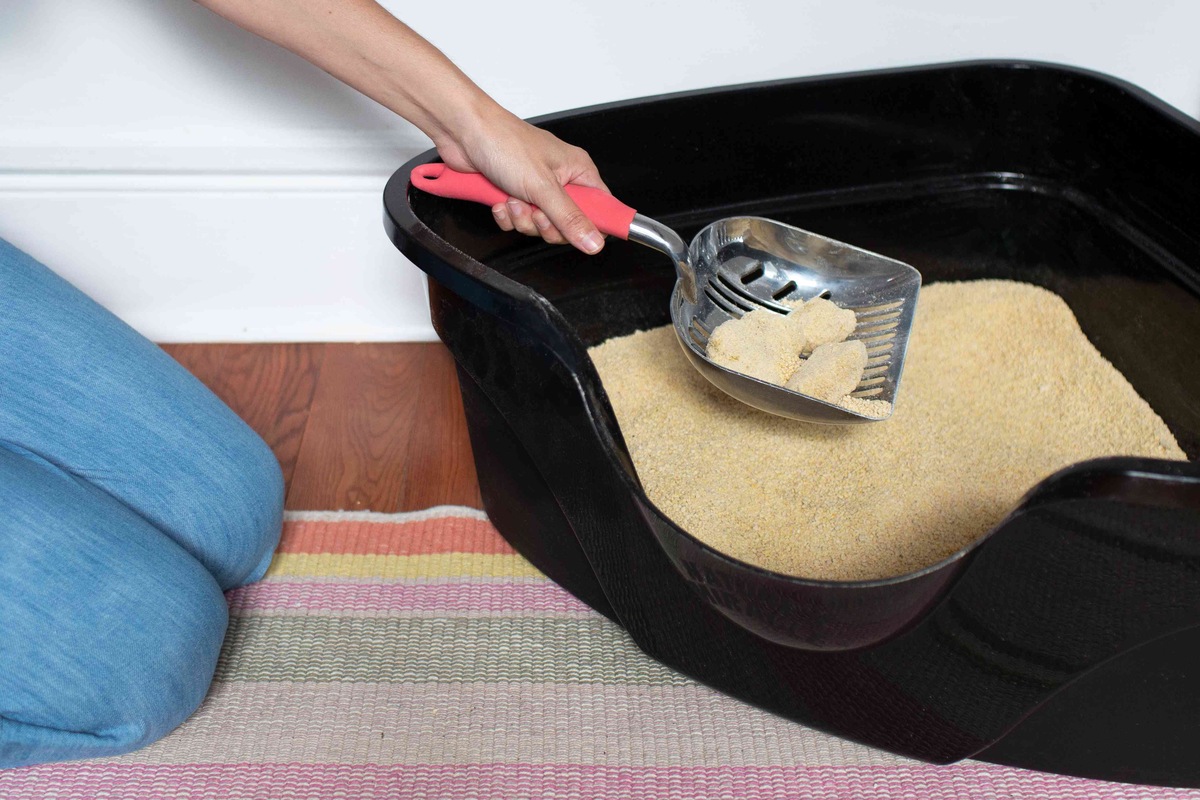
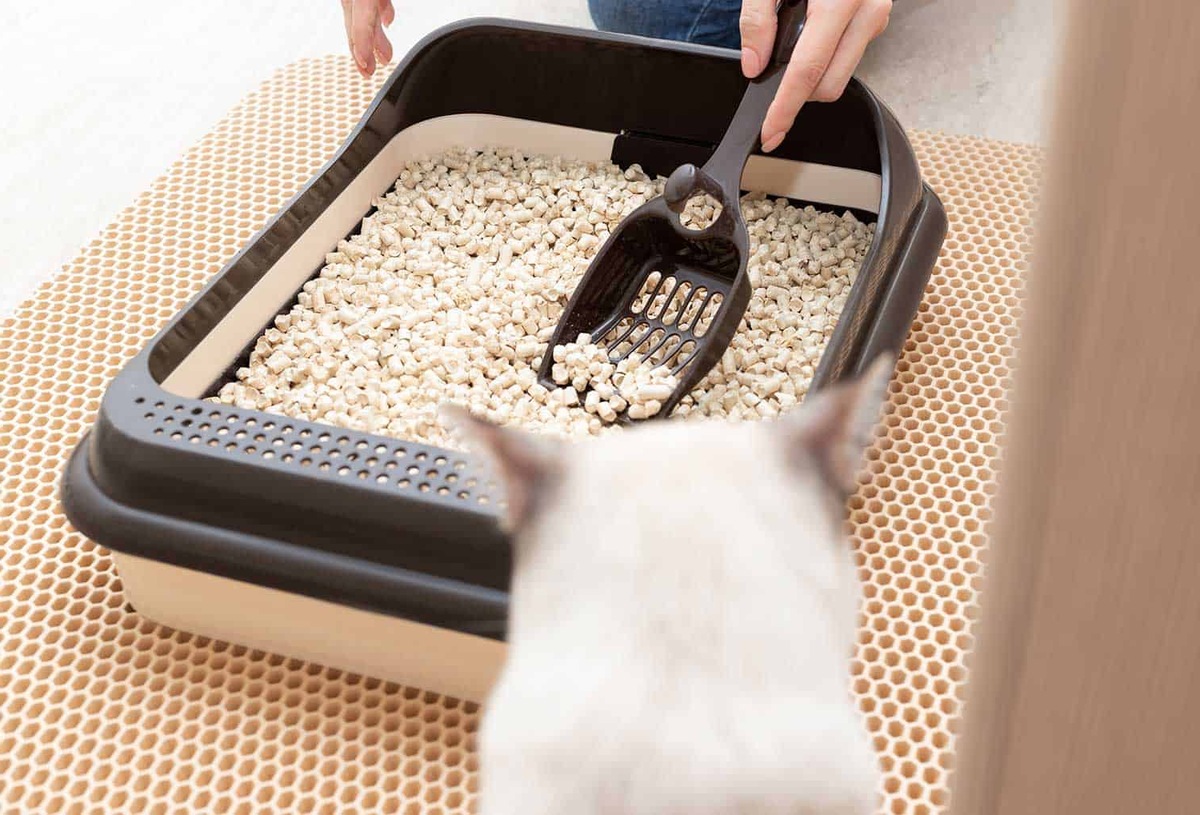
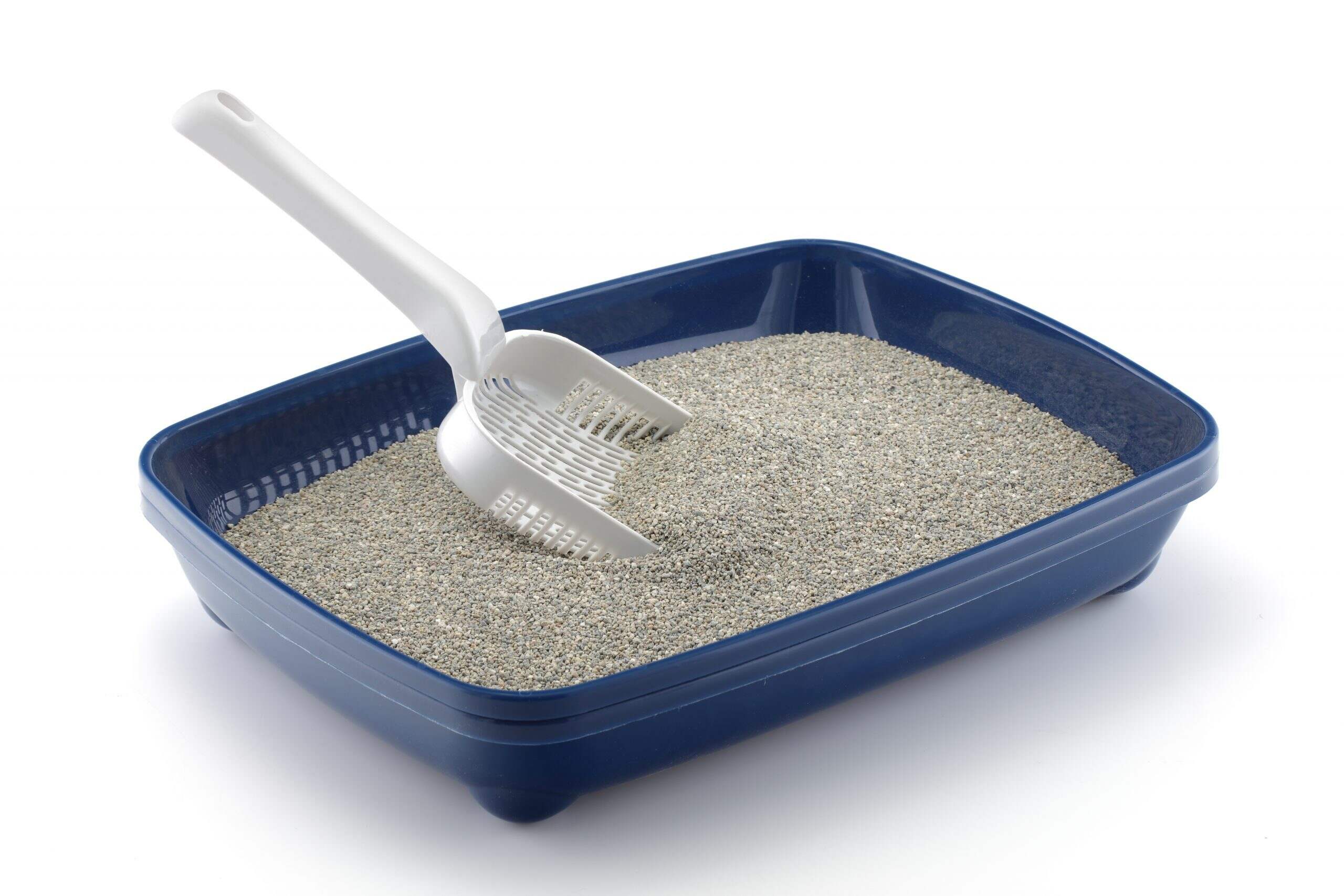

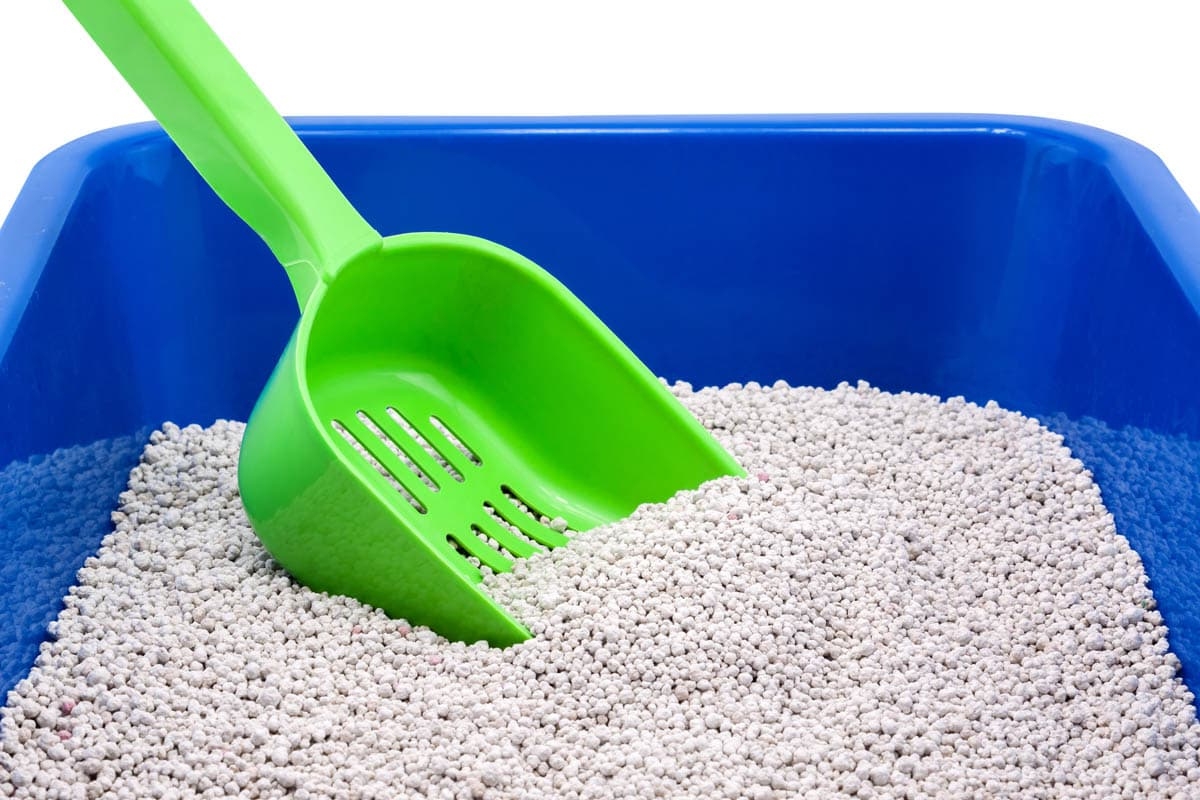
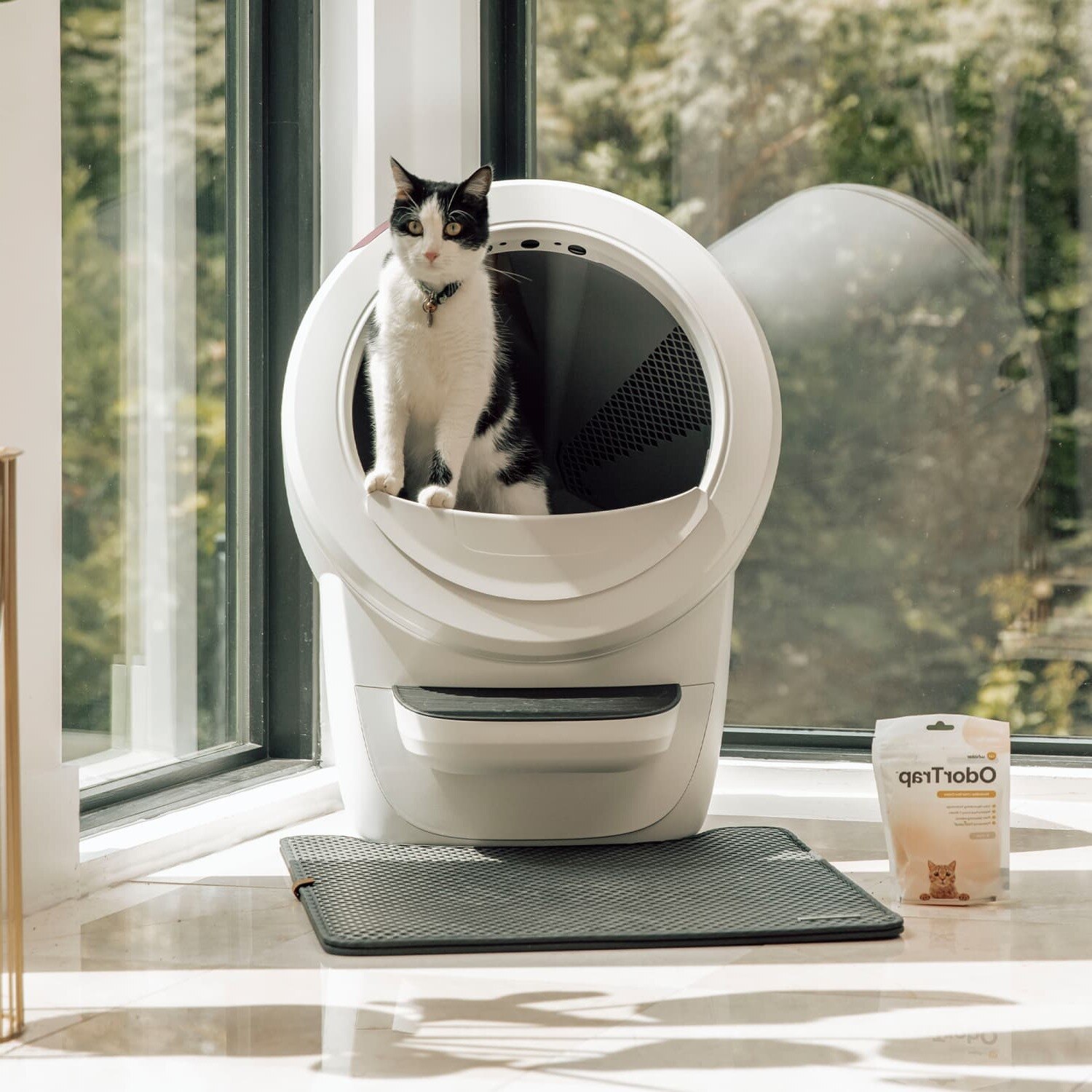
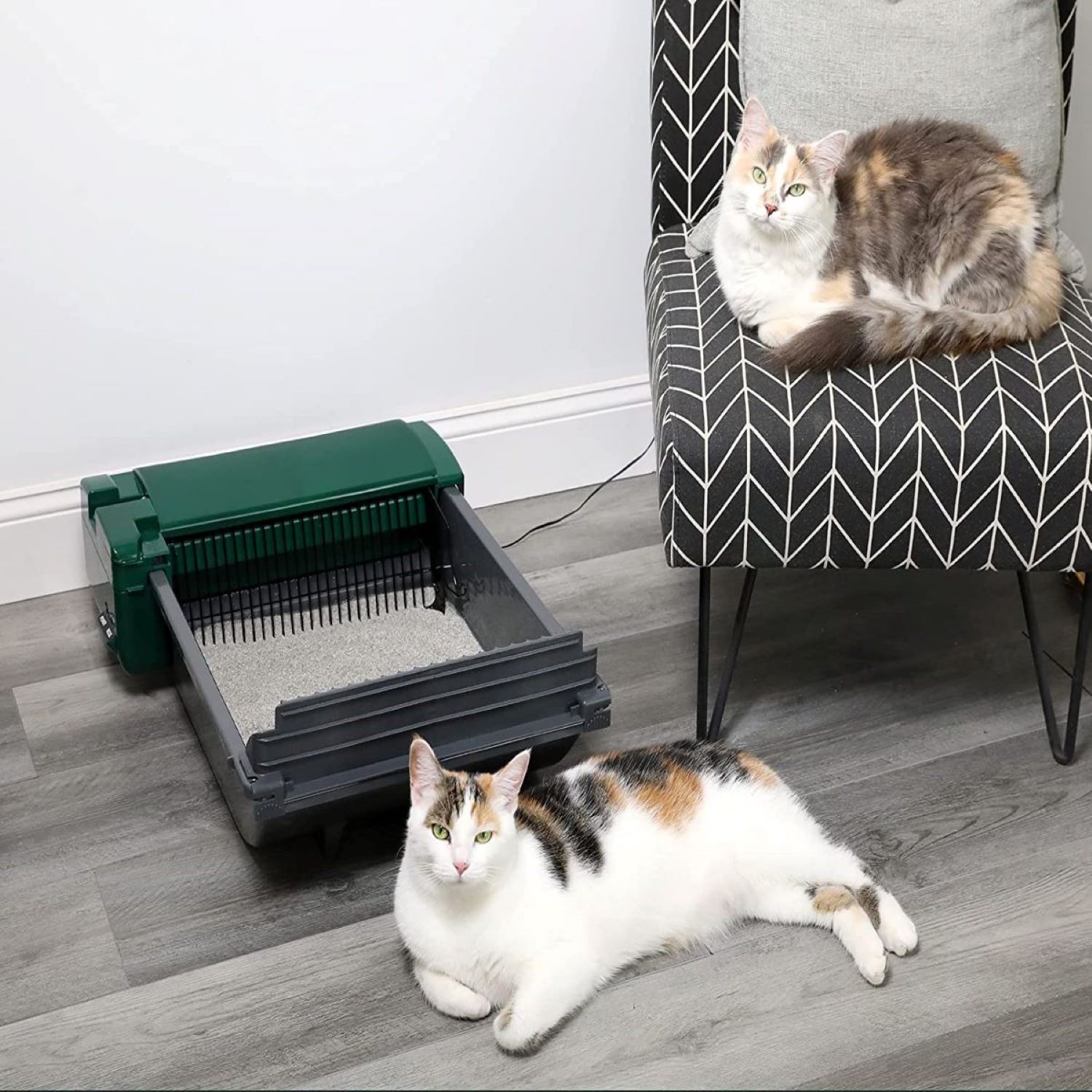
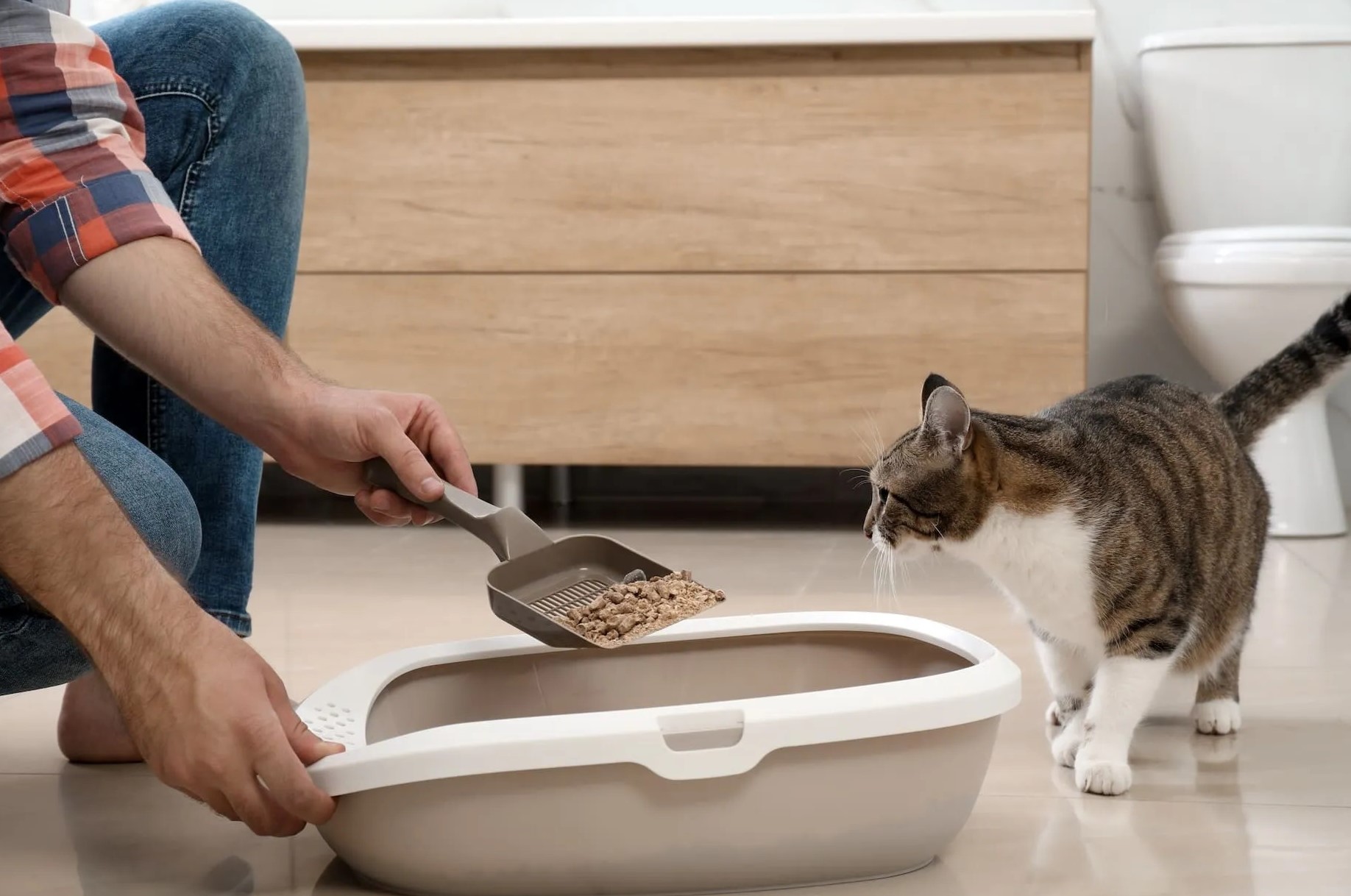
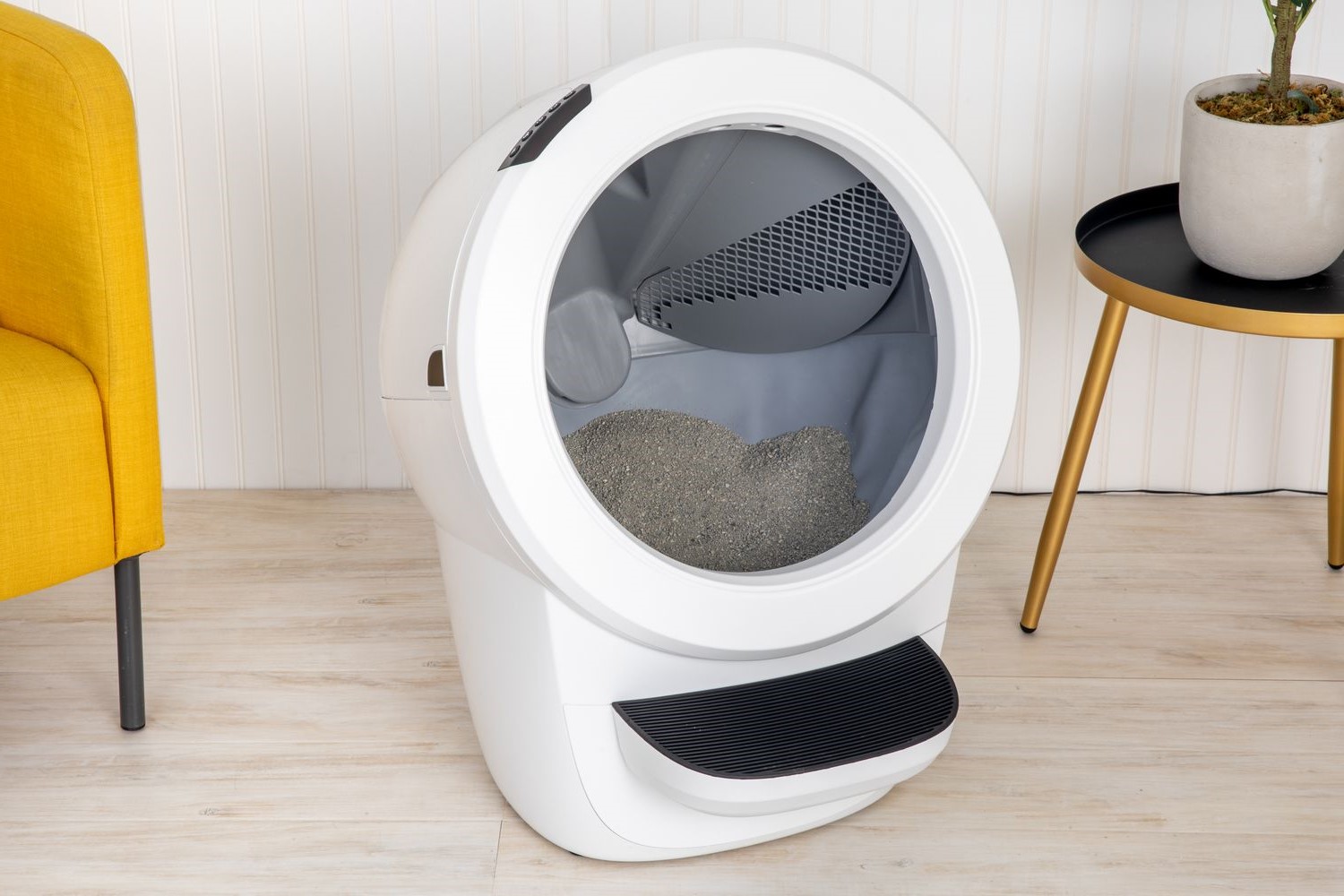
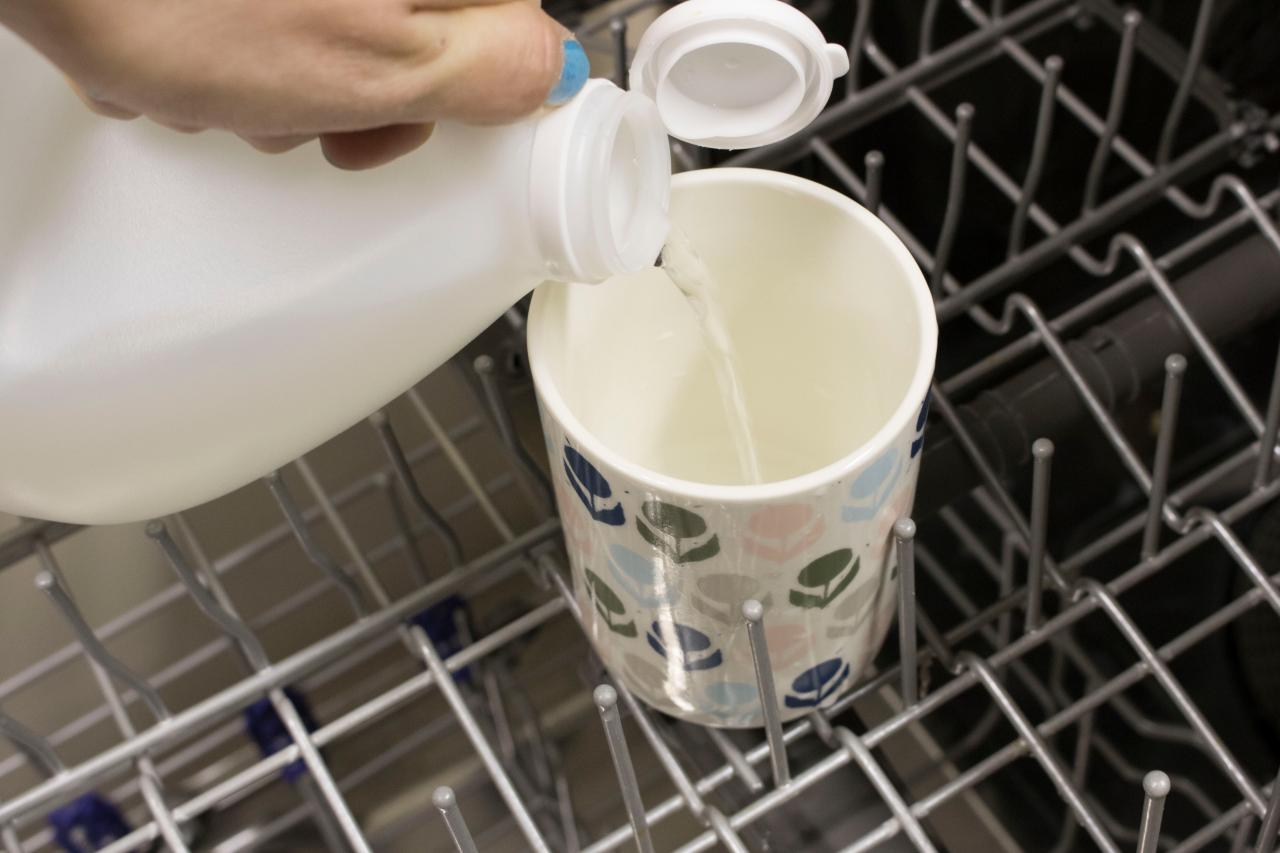
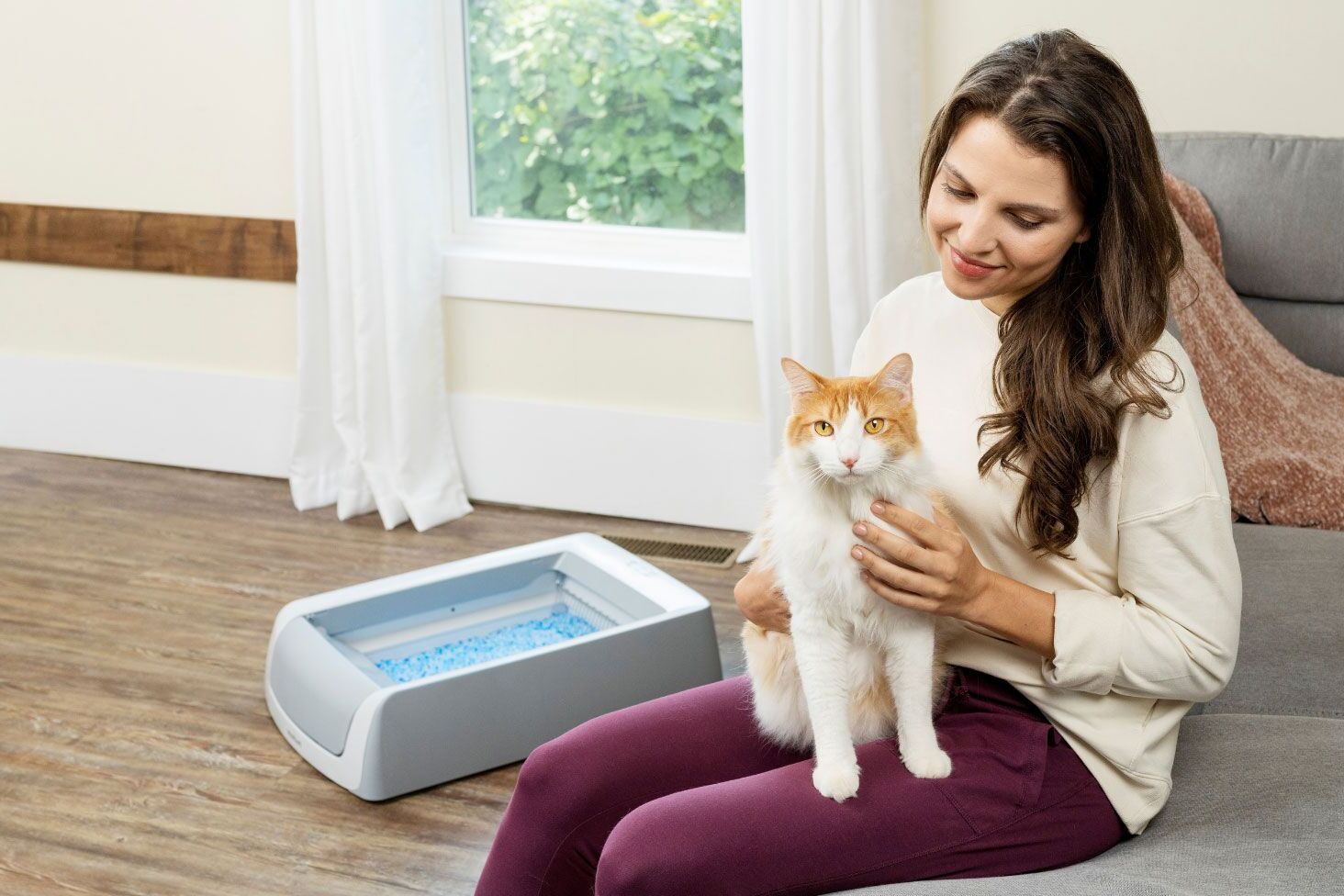
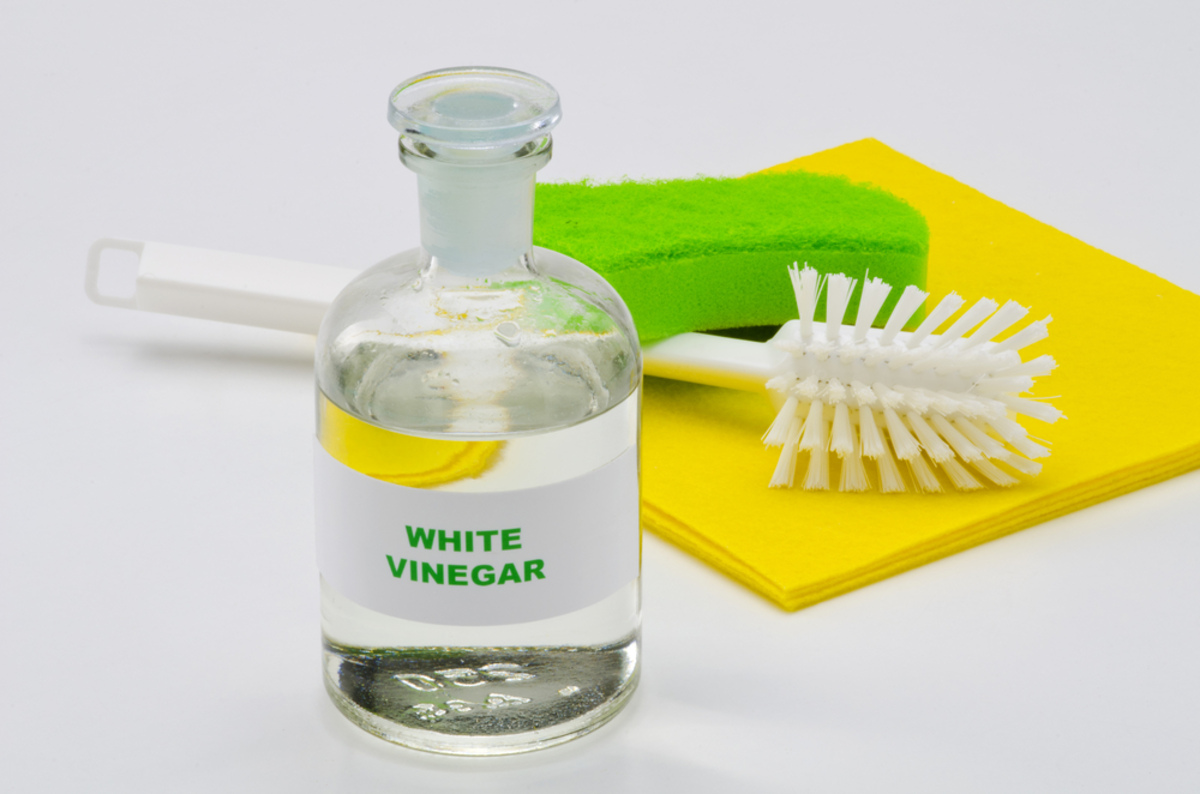
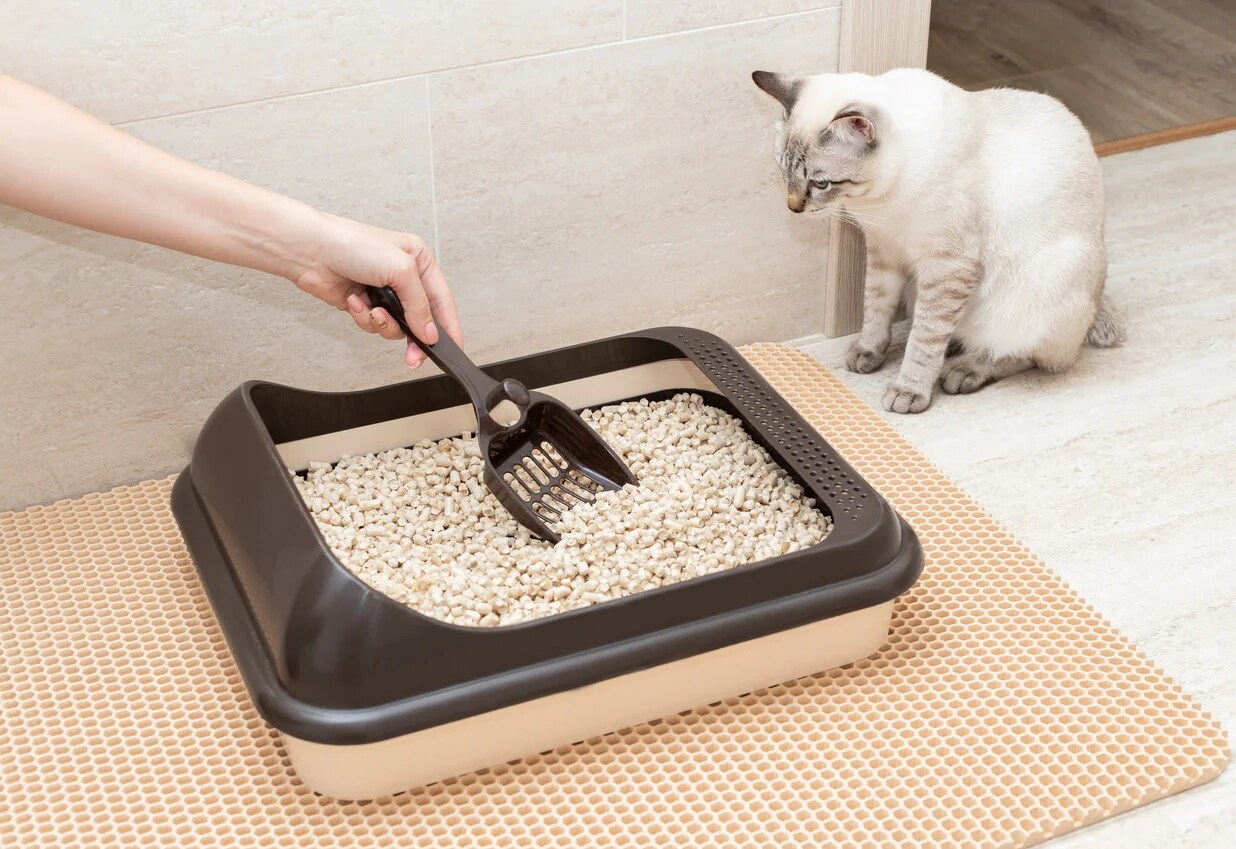
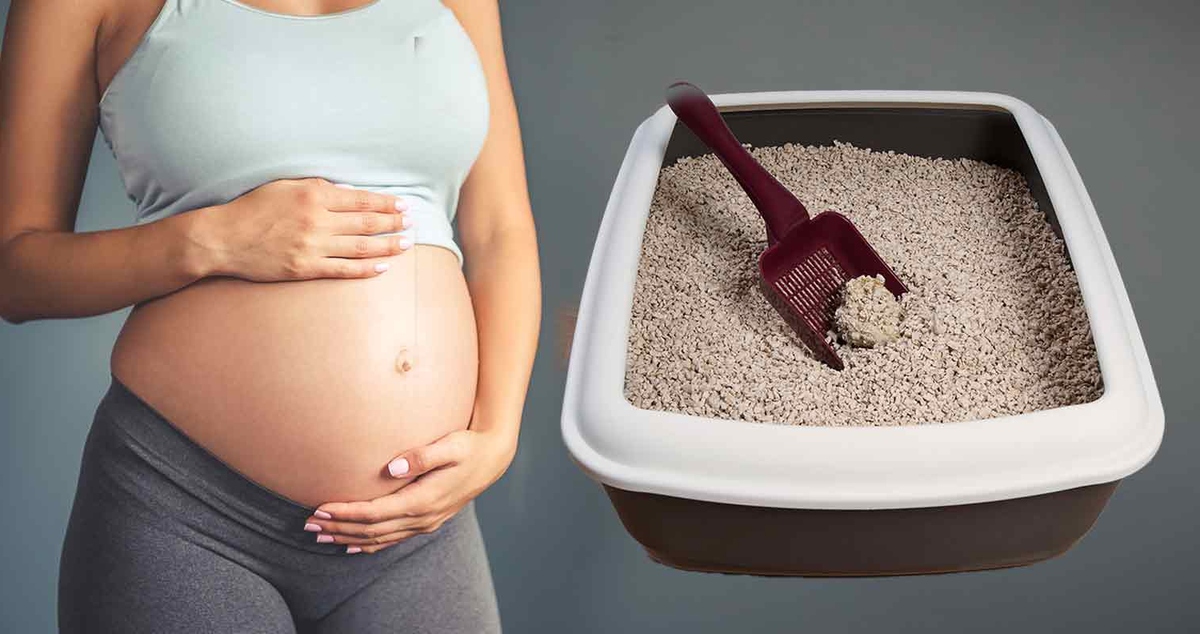
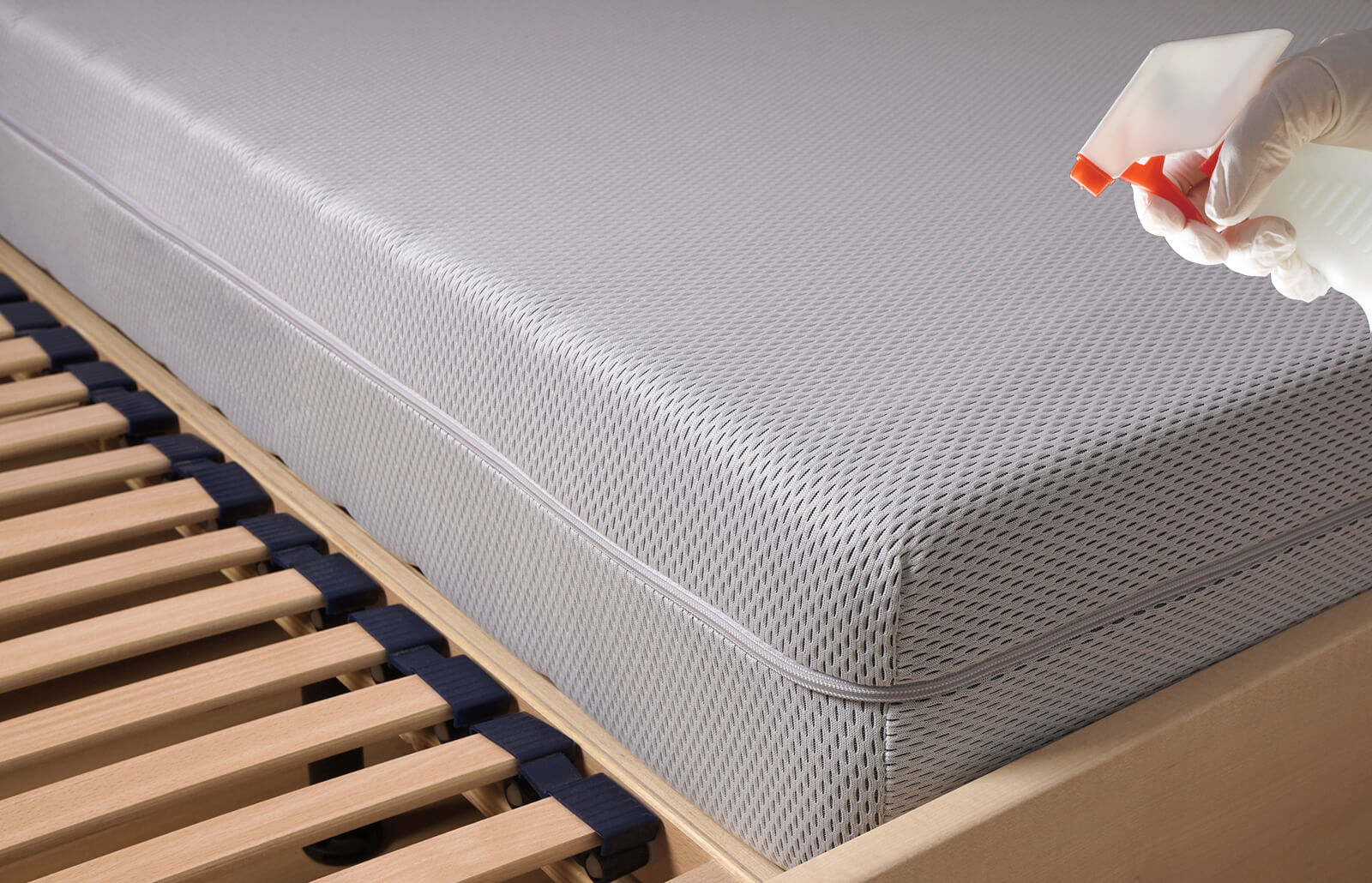

0 thoughts on “How To Clean A Litter Box With Vinegar”